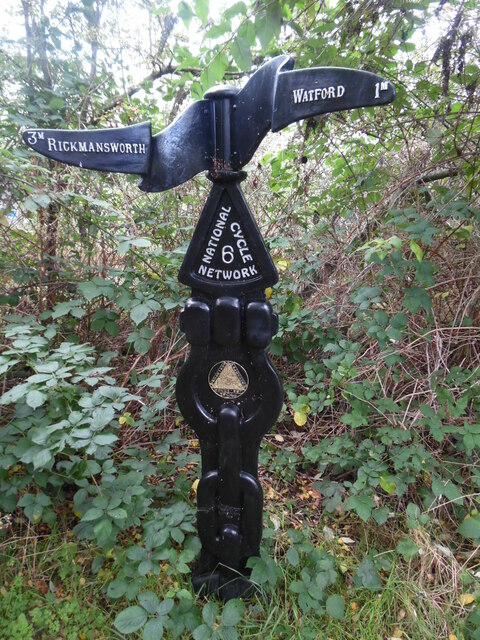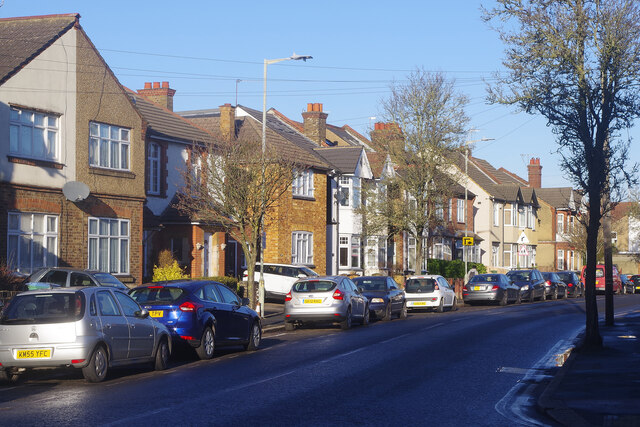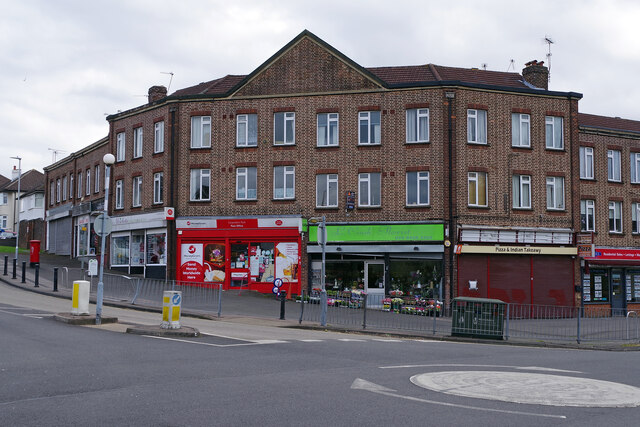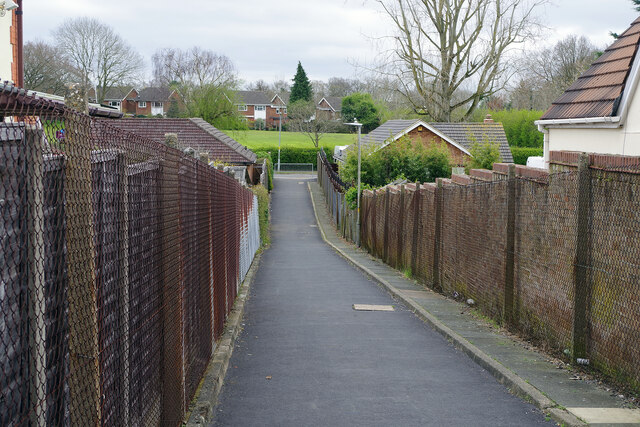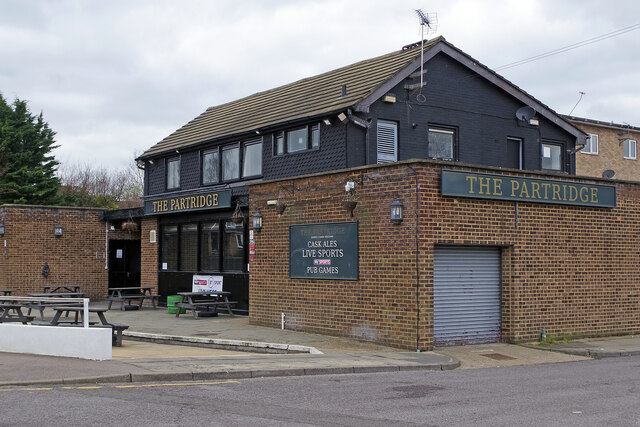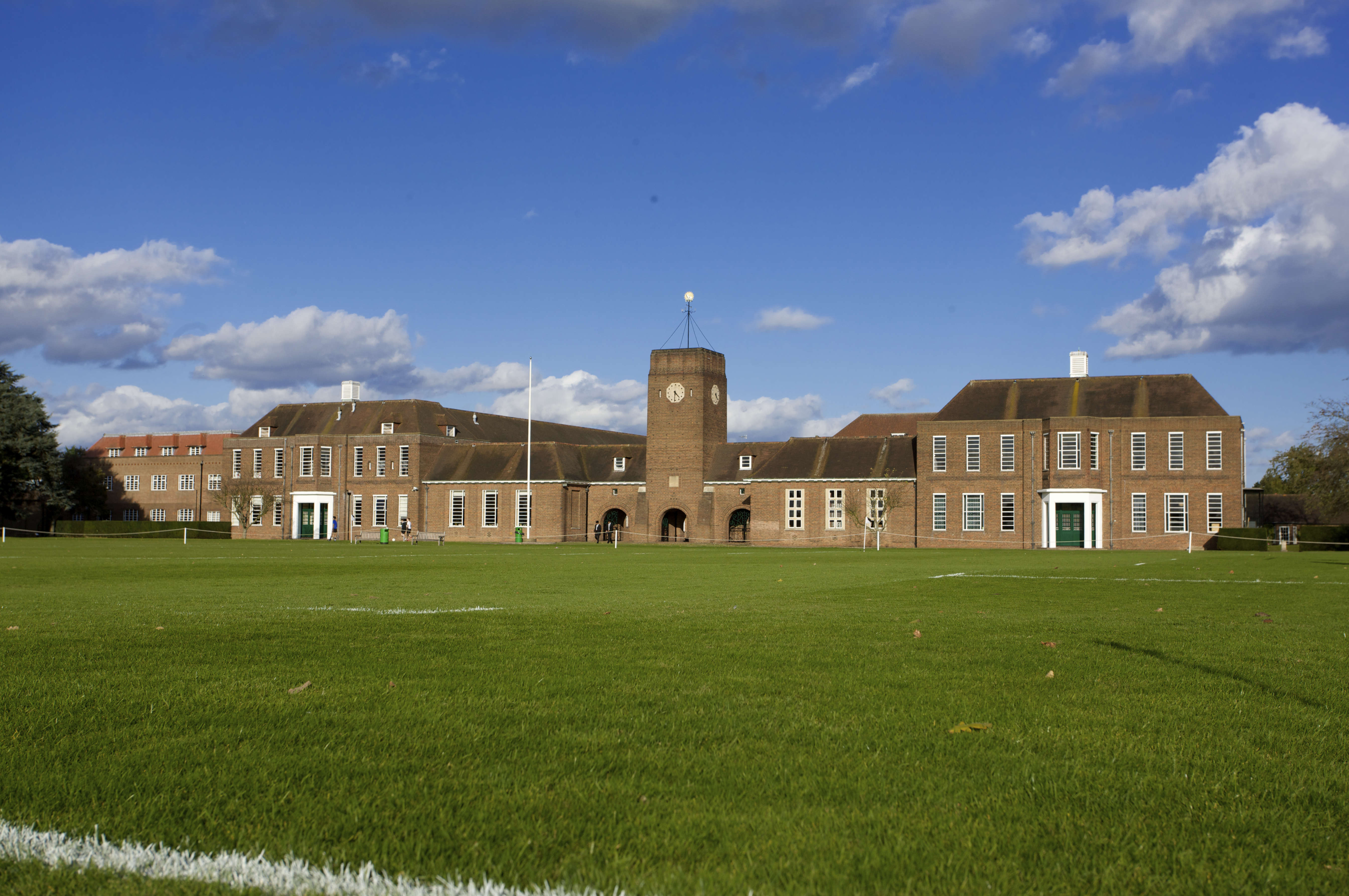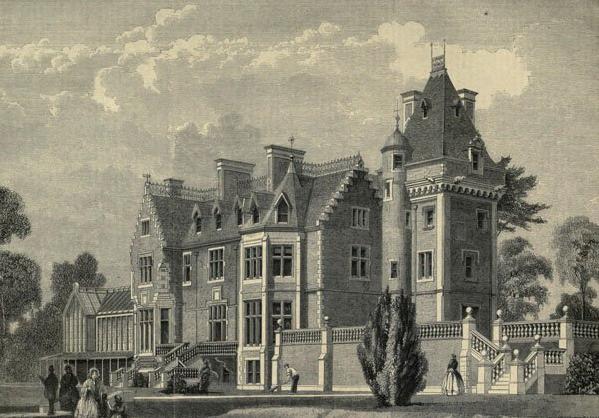Big Wood
Wood, Forest in Hertfordshire Three Rivers
England
Big Wood
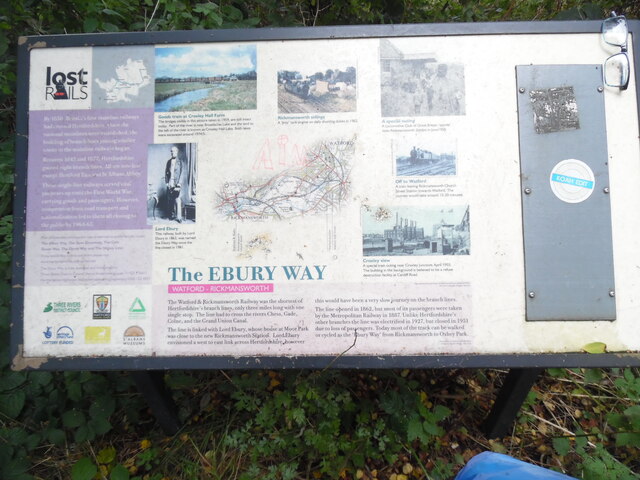
Big Wood is a picturesque forest located in the county of Hertfordshire, England. Spread across an area of approximately 100 acres, it is nestled between the towns of Welwyn Garden City and Hatfield. The woodland is part of the wider Hatfield Forest, forming an important green space and wildlife habitat.
The wood is characterized by its diverse range of vegetation, including mature oak and beech trees that dominate the landscape. These towering trees provide a dense canopy, creating a cool and peaceful atmosphere for visitors to enjoy. Underneath the canopy, the forest floor is carpeted with a variety of plants, wildflowers, and ferns, adding to the enchanting beauty of the wood.
Big Wood offers a haven for wildlife, attracting a multitude of bird species, small mammals, and insects. Nature enthusiasts can spot woodland birds such as woodpeckers, thrushes, and nuthatches, while lucky visitors might even catch a glimpse of roe deer or foxes that occasionally roam the area.
The wood is crisscrossed by a network of well-maintained footpaths, allowing visitors to explore and appreciate the natural wonders it has to offer. The trails offer a mix of scenic walks, from gentle strolls along the forest edge to more challenging routes that traverse the heart of the woodland.
Big Wood is a popular destination for outdoor activities such as hiking, picnicking, and nature photography. Its serene ambiance and rich biodiversity make it an ideal escape from the hustle and bustle of nearby urban areas, attracting visitors of all ages throughout the year.
If you have any feedback on the listing, please let us know in the comments section below.
Big Wood Images
Images are sourced within 2km of 51.631821/-0.40639149 or Grid Reference TQ1093. Thanks to Geograph Open Source API. All images are credited.

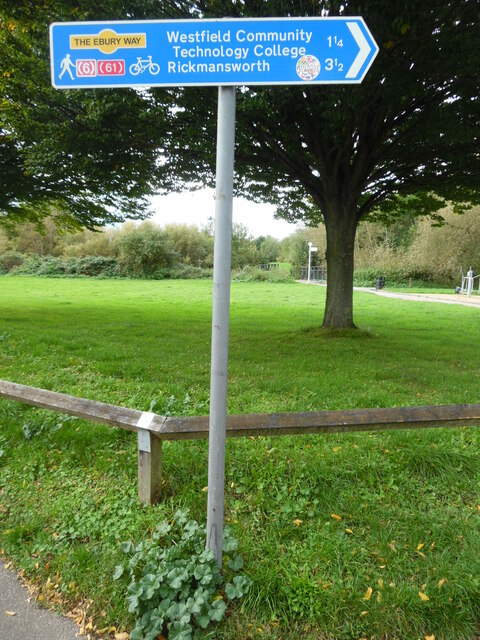
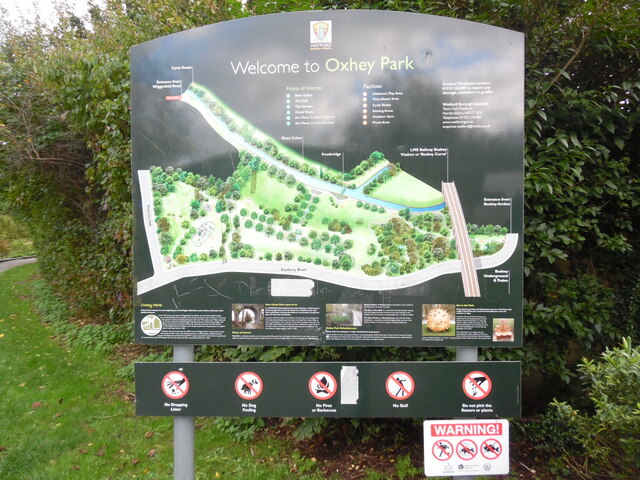
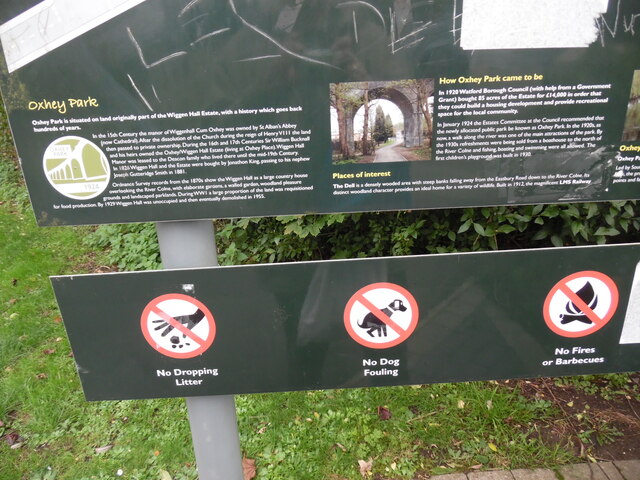
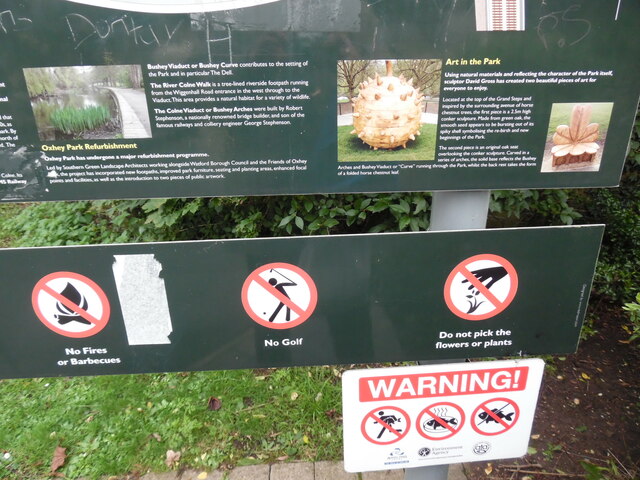
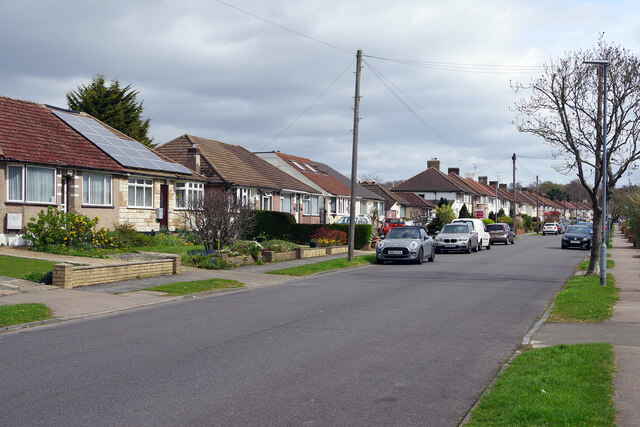
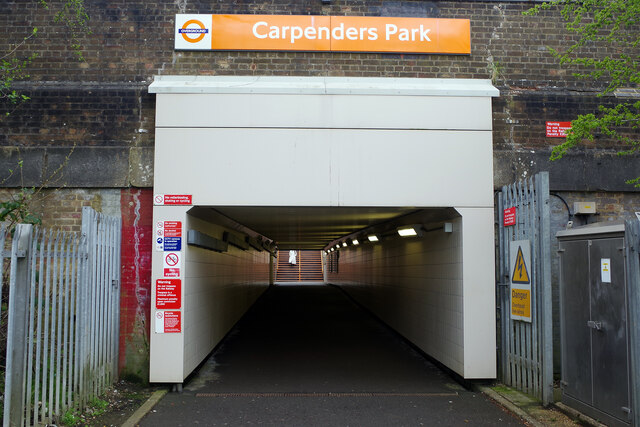



Big Wood is located at Grid Ref: TQ1093 (Lat: 51.631821, Lng: -0.40639149)
Administrative County: Hertfordshire
District: Three Rivers
Police Authority: Hertfordshire
What 3 Words
///grew.payer.jabs. Near Watford, Hertfordshire
Nearby Locations
Related Wikis
Hamper Mill House
Hamper Mill House is a grade II listed house in Hampermill Lane, near Watford in Hertfordshire, England. It was built in the late 18th-century and extended...
Oxhey Chapel
Oxhey Chapel is a redundant Anglican chapel in Oxhey, Hertfordshire, England. It is recorded in the National Heritage List for England as a designated...
Oxhey Golf Club
Oxhey Golf Club was a golf club located near Watford in Hertfordshire, England. The Harry Vardon designed 18-hole golf course was host to several important...
Watford Power Station
Watford Power Station was a coal-fired power station situated in Watford's Riverside area. The station was built by the Watford Corporation Electricity...
Merchant Taylors' School, Northwood
Merchant Taylors' School is an 11–18 boys public day school, founded in 1561 in London. The school has occupied various campuses over its lifetime. From...
Eastbury, Hertfordshire
Eastbury is a settlement in the Three Rivers district of Hertfordshire, adjacent to the Greater London suburb of Northwood in Hillingdon. Other settlements...
Eastbury Park, Northwood
Eastbury Park was an estate in Eastbury near Northwood, London. == History == The house was designed by David Bryce and built by a Mr Harding in the Scottish...
Permanent Joint Headquarters
The Permanent Joint Headquarters (PJHQ) is the British tri-service headquarters from where all overseas military operations are planned and controlled...
Nearby Amenities
Located within 500m of 51.631821,-0.40639149Have you been to Big Wood?
Leave your review of Big Wood below (or comments, questions and feedback).
